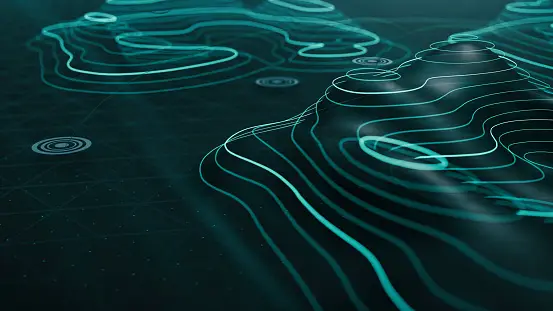Author: Justin Barton, Director of Product Management, Reality Capture
Laser scanning hardware has become dramatically more straightforward over the past decade, with reality capture software simplifying too, but not at the same speed and level. Now, autonomous software solutions are poised to create radical change. The latest generations of software are reducing the need for human intervention. This simplification removes the last few barriers to entry into reality capture for potential adopters of the technology. It means those without scanning experience can now create a visualisation in a few clicks. And those with expertise can dramatically increase their efficiency.
What is reality capture?
Reality capture refers to the process of digitising real world spaces and objects to create digital representations. Various technologies are used to densely sample physical environments, capturing multiple dimensions, viewpoints, and precise measurements. This includes photogrammetry, videogrammetry, terrestrial, mobile and airborne LiDAR (a.k.a. 3D scanning), or a combination of technologies. The goal is to produce detailed digital replicas such as 3D point clouds, mesh models, and orthographic images that accurately reflect the real world. These digital twins provide vital information about physical spaces that can enable planning, analysis, visualisation, and other applications across many industries.
In essence, reality capture creates digital copies of real-world places and objects that can be measured, visualised, and leveraged to improve workflows and processes. The end result is digital environments and assets that mirror physical reality. They can be used as sandboxes or laboratories to test out scenarios virtually. At the cutting edge, they can include real-time data from sensors so that they entirely mirror reality.
Ease of use: bringing one-button simplicity to software
Software and SaaS applications are revolutionising how we use and access reality capture data. With a combination of advanced reality capture technology, high levels of autonomy and simplified data processing that still delivers professional results, the development of reality capture software is drastically opening up the market in terms of accessibility while overhauling productivity, workflow and connectivity.
For example, the semi-automated registration of point clouds was once believed to be the Holy Grail of reality capture. A complex process that required training and defied complete automation. However, due to technological advances, solutions are now available to put scans together for the user. In fact, users can upload from the field immediately after data collection, automatically register and then automatically mesh reality capture data with a few clicks.
This simplification is democratising reality capture through software advancement. It opens the door to reality capture for people interested in working with digital environments but previously discouraged from doing so because of the steep learning curve and high IT requirements for powerful workstations. Now, they can add reality capture to their toolbox and create digital twins directly in the cloud— no advanced workstation to buy and no advanced software training needed.
Cloud-based collaboration and computing power
Democratising reality capture doesn’t stop at data collection. New automated software solutions allow users to easily upload scan data from sensors to the cloud for automated processing, storing and visualisation, allowing them to create photorealistic digital twins and share data quickly and securely.
Collaboration and connectivity are important because people can directly connect to those in the field with a solution that is centralised in the cloud. Cloud-native, scalable platforms provide intuitive, user-centric interfaces that allow users to work and collaborate in real time with measurements, annotations, attachments, comments and virtual tours. Deliverables can be immediately shared, allowing for intuitive methods of visual data communication between project stakeholders wherever and whenever required.
To do that on a large scale with multiple users requires a lot of computing power, and now this is enabled by the cloud. Users no longer have to buy the latest high-end computer every couple of years – the high-performance is available on-demand through SaaS solutions.
Problem solving at scale: why reality capture democratisation matters
Why is it necessary to make reality capture solutions more widely available? Simply put, the more people there are working with digital twins, the more challenges we can overcome. We are at a point in reality capture where a unified, scalable and simplified digital reality experience can make digital twins and their value accessible to everyone. These unique communication tools bring people and data together in a centralised space. They help people to make better decisions more efficiently.
We are facing tougher challenges than ever before. From sustainability to supply chains, we need better data to drive solutions. Reality capture software’s priority is making the best use of the data captured. SaaS applications set the stage because they bring the data of digital twins to decision-makers in a much faster and more accessible way. Actionable insights can be derived from the data much more efficiently.
To facilitate wider adoption, reality capture solutions must continue to become as easy to use and accessible to everybody as possible. Keeping reality capture and digital reality as the preserve of a few means we miss out. But, by radically simplifying the skills needed to operate this complex technology, new reality capture strategies to innovate a project or industry will be developed. With previously complex tasks already automated, software development is enabling people to finally take the leap into reality capture. There’s no looking back!
Justin Barton is Director of Product Management, Reality Capture at Hexagon Geosystems.

